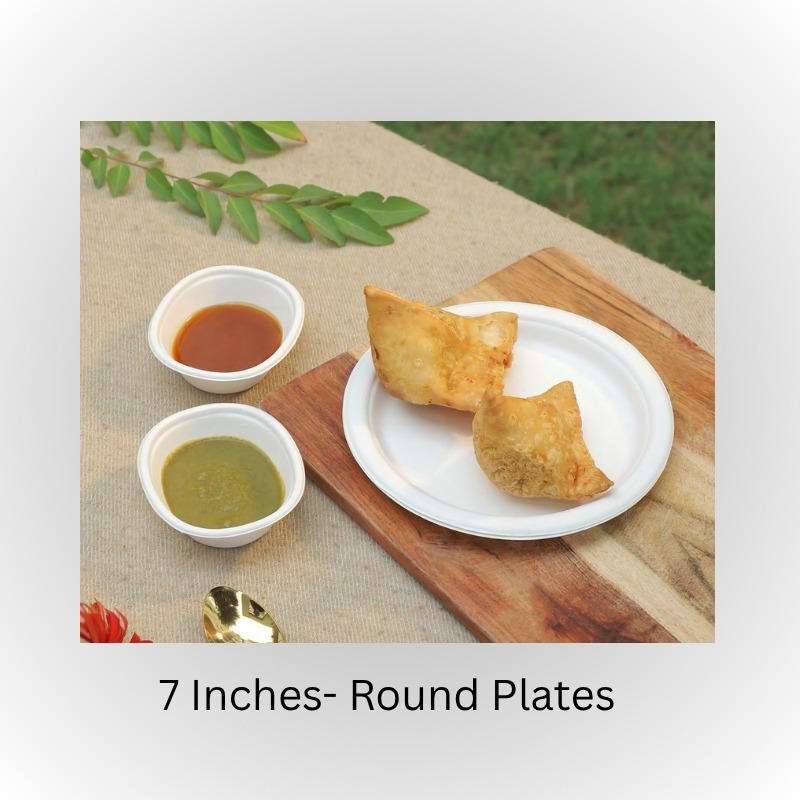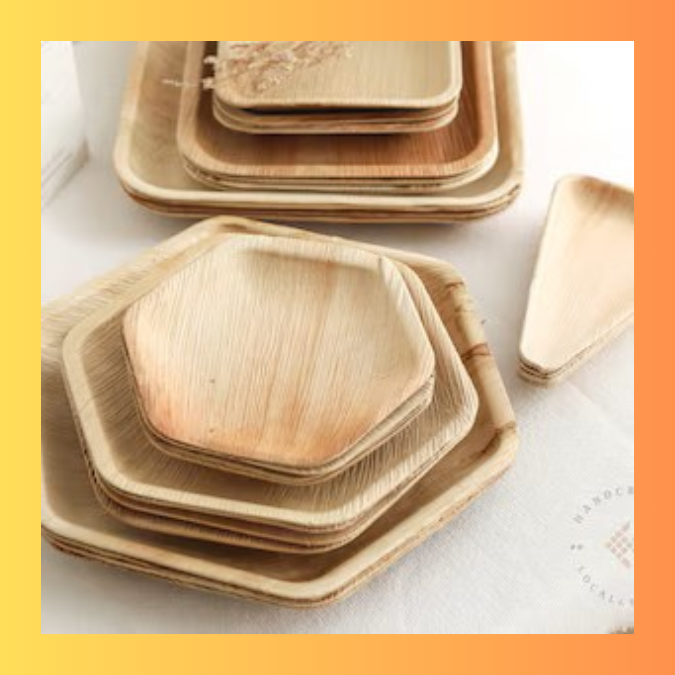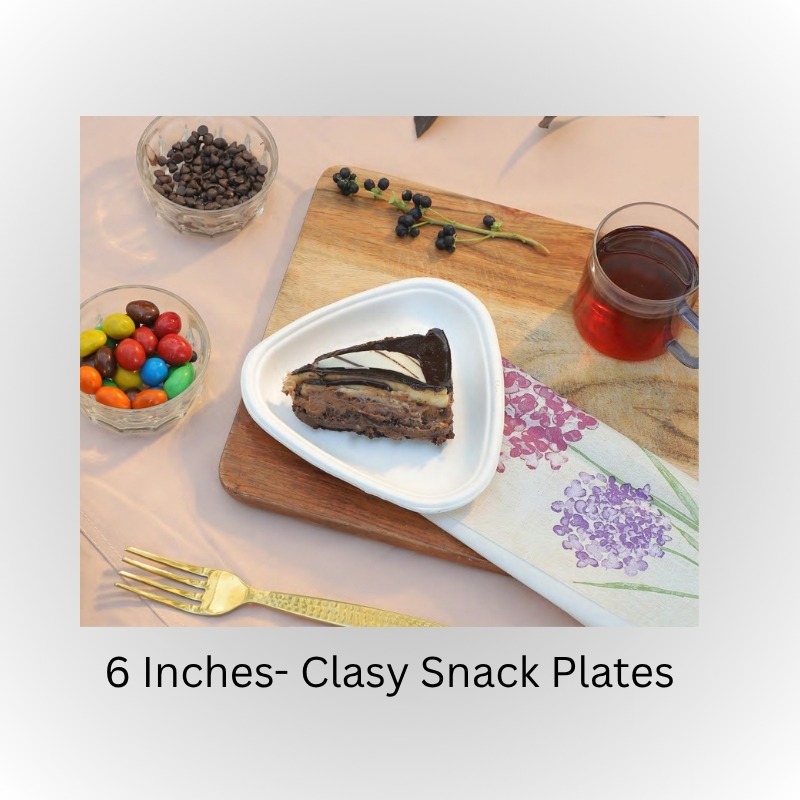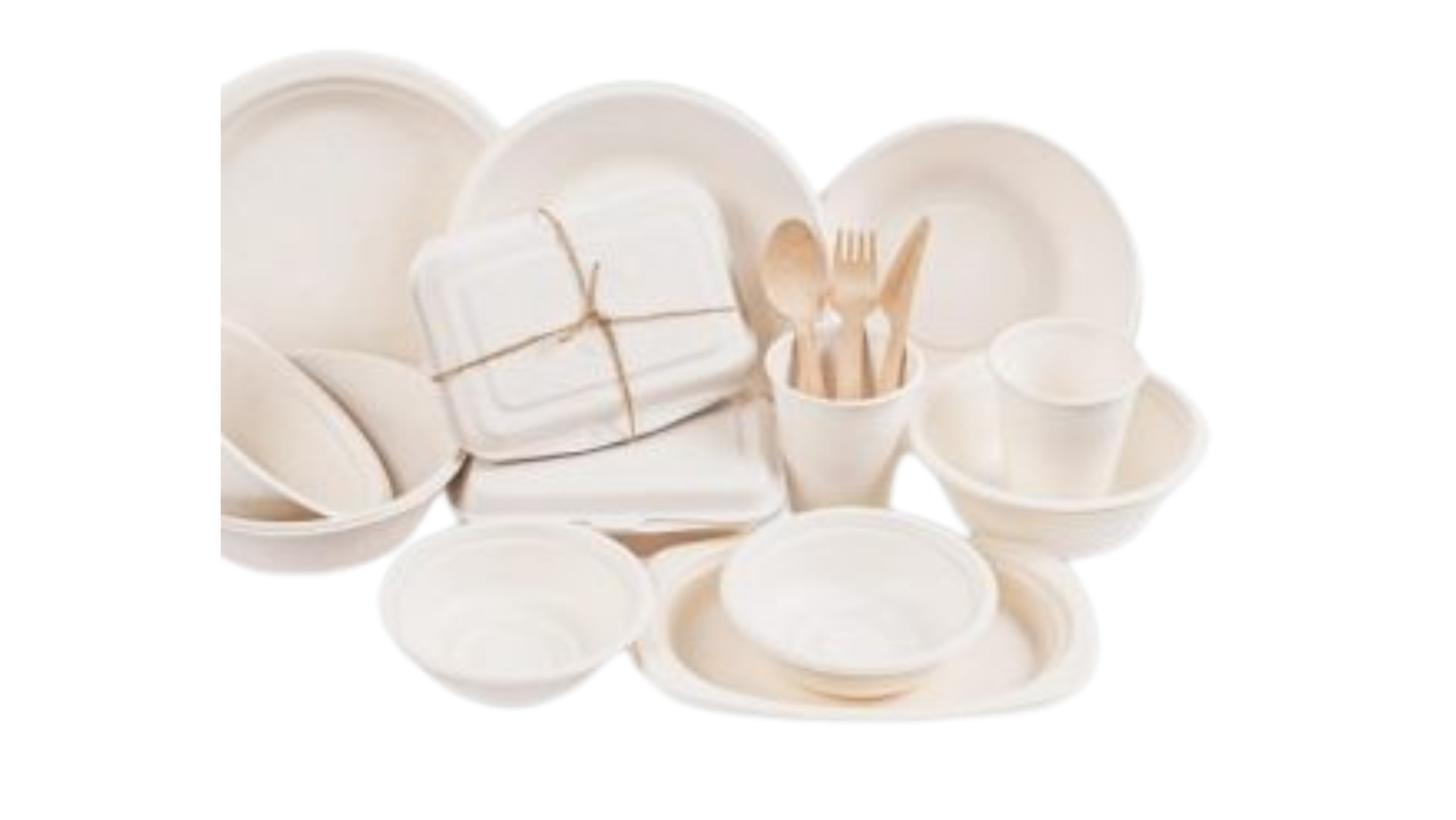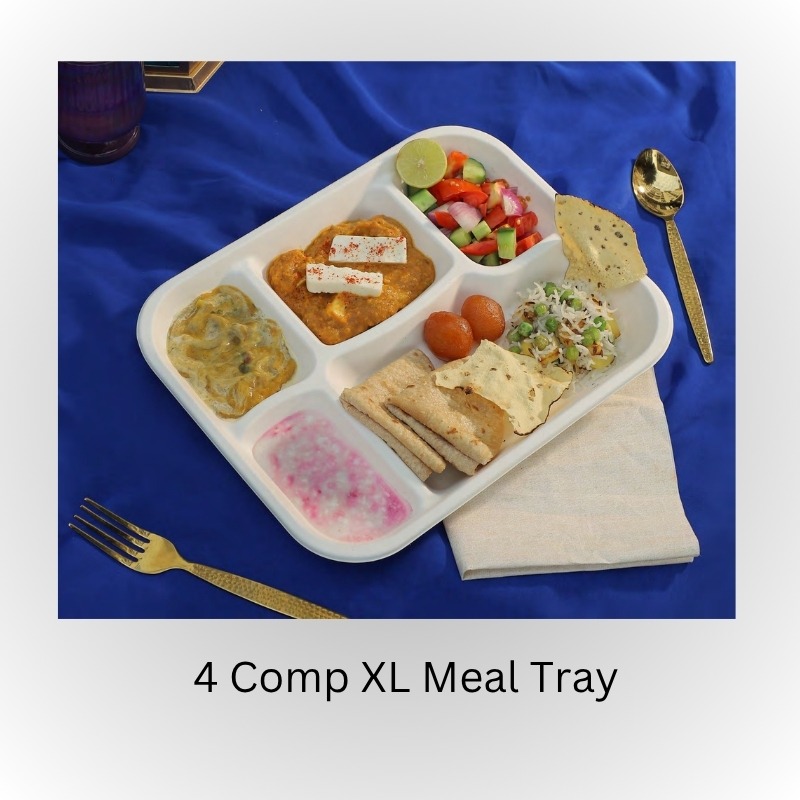
Manufacturing Process of Bagasse Tableware Products
Introduction
Bagasse, the fibrous residue left after extracting juice from sugarcane, is a renewable and biodegradable material used to produce eco-friendly tableware such as plates, bowls, cups, and trays. The manufacturing process transforms this agricultural byproduct into sustainable, compostable products that serve as alternatives to single-use plastics. Below is a step-by-step overview of the bagasse tableware manufacturing process, incorporating key terms related to sustainability and production.
Process Steps
1. Raw Material Collection
Description: The process begins with collecting bagasse, the fibrous residue from sugarcane after juice extraction in sugar mills. Sugarcane stalks are crushed to extract juice, leaving behind bagasse, which is rich in cellulose (40-50%), hemicellulose (25-35%), and lignin (20-25%).
Sustainability Aspect: Bagasse is a renewable resource, abundant in sugarcane-producing regions like India, Brazil, and China. Using this byproduct reduces agricultural waste and prevents burning, which contributes to air pollution.
2. Cleaning and Preparation
Description: The collected bagasse is cleaned to remove impurities such as dirt, sand, or residual sugarcane particles. It is then dried to reduce moisture content, making it easier to process into pulp.
Purpose: This step ensures the raw material is suitable for food-grade applications by eliminating contaminants.
3. Pulping
Description: The cleaned and dried bagasse is processed into a fine pulp through mechanical and chemical methods, similar to paper manufacturing. The bagasse is broken down in a pulping system, which includes pulpers, refiners, and storage tanks, to create a slurry with a pulp consistency of 0.3-0.5%. Biodegradable additives, such as water- and oil-resistant chemicals, may be added to enhance the tableware’s durability and functionality.
Equipment: Pulping machines transform bagasse into a smooth, slurry-like texture suitable for molding.
4. Molding
Description: The bagasse pulp slurry is poured into a pulp molding machine, where it is shaped into tableware (e.g., plates, bowls, or cups) using custom-designed molds. The machine uses vacuum forming or reciprocating forming to create precise, uniform shapes.
Technology: Advanced molding techniques, such as those used in automatic forming machines, ensure high-quality, consistent products. Molds can be customized for specific designs, enhancing aesthetic appeal and functionality.
5. Drying
Description: The molded tableware is passed through a heated drying section to remove moisture, solidifying the structure. Drying is typically done using thermal drying or hot-press systems, ensuring the products are sturdy and heat-resistant.
Outcome: The dried products gain strength and can withstand hot (up to 95°C) and greasy foods without leaking or deforming.
6. Trimming and Finishing
Description: Excess material is trimmed from the dried tableware using a trimming machine to achieve smooth edges and consistent sizing. Some products may receive eco-friendly coatings or plant-based colors to improve performance or visual appeal.
Customization: Manufacturers may emboss or print designs for branding purposes, enhancing marketability.
7. Quality Control
Description: Each product undergoes rigorous testing to ensure strength, food-grade safety, and environmental compliance. Tests include heat resistance, liquid retention, and structural integrity under various conditions. Products are certified for compostability and biodegradability, decomposing within 90 days under composting conditions.
Standards: Compliance with international food safety and sustainability standards is maintained.
8. Packaging and Distribution
Description: The finished tableware is packaged in eco-friendly materials to align with sustainability goals. Products are then distributed to wholesalers, retailers, or food service providers, including restaurants, hotels, and catering services.
Market Reach: Bagasse tableware is increasingly popular in commercial, institutional, and household settings due to its eco-friendly properties.
Benefits of Bagasse Tableware
Eco-friendly: Made from renewable sugarcane fibers, bagasse tableware is biodegradable and compostable, reducing plastic waste.
Durable: Resistant to heat, moisture, and grease, making it suitable for a variety of foods.
Cost-effective: Utilizes an abundant byproduct, keeping production costs low.
Safe: Free from harmful chemicals, ensuring food-grade safety.
The manufacturing process of bagasse tableware transforms sugarcane waste into sustainable, high-quality products through a series of eco-friendly steps. Fr
Keywords
Quality control in biodegradable tableware
Eco-friendly tableware packaging solutions
Mechanical and chemical pulping methods
Compostable sugarcane fiber plates
Food-grade bagasse tableware production
Bagasse pulp molding technology
Biodegradable disposable tableware manufacturing
Sustainable sugarcane fiber tableware
Eco-friendly bagasse tableware products
Bagasse tableware manufacturing process
